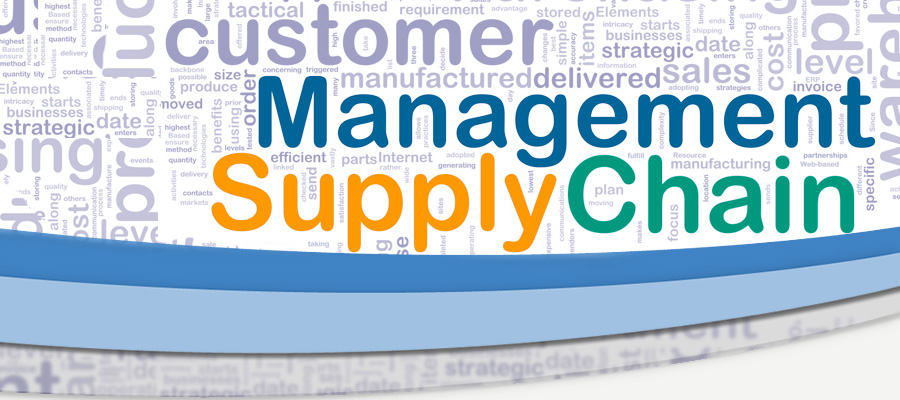
- Here is apple’s entire supplier responsibility standards document. It clearly addresses all of the Chinese factory supply chain issues they have faced over the last 6 years. Interesting read:
https://www.apple.com/supplier-responsibility/pdfs/supplier_responsibility_standards.pdf - When hospitals manage their supply chain:
One of the biggest factors in successfully cutting supply chain costs is having real-time, actionable data. It’s not enough to have data, you have to manage the data in a way that makes it useful to empower better decision-making. While this is easier said than done, the increased availability of data standards and new technologies to help you manage data will make it possible.
The important data points you need to extract from your ERP system and contract repository include: vendor master, contract master, purchase order headers, item master, invoice payment lines, spend classification, contract items, purchase order lines and invoice/payment header. Additionally, your purchase order spend must be identified and rationalized.
http://www.healthcarefinancenews.com/blog/supply-chain-expertise-enters-hospital-c-suite
- 6 Supply Chain Challenges:
Everyone is talking about ‘big data’ and its impact on the supply chain but be aware: it won’t solve all your problems! It is easy to be swept along by the promise that big data is going to answer all of your questions about supply chain performance (and even those you didn’t think you needed to ask) but the reality is that big data, to a degree, is a misnomer. The challenge isn’t managing the data, the challenge lies in realising the insight that the data offers. With the right tools in place organisations can gain visibility into the supply chains to identify areas of concern as well as areas of potential growth in order to make them more streamline
http://www.supplychaindigital.com/procurement/3863/Six-challenges-that-could-break-the-supply-chain
- Infographic: Supply Chain Risks
http://www.kinaxis.com/Global/resources/papers/supply-chain-risks-infographic-kinaxis.pdf

